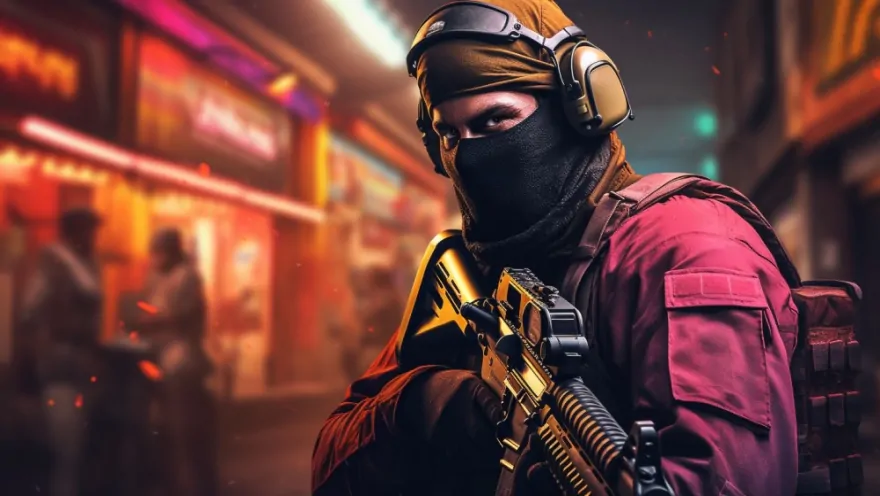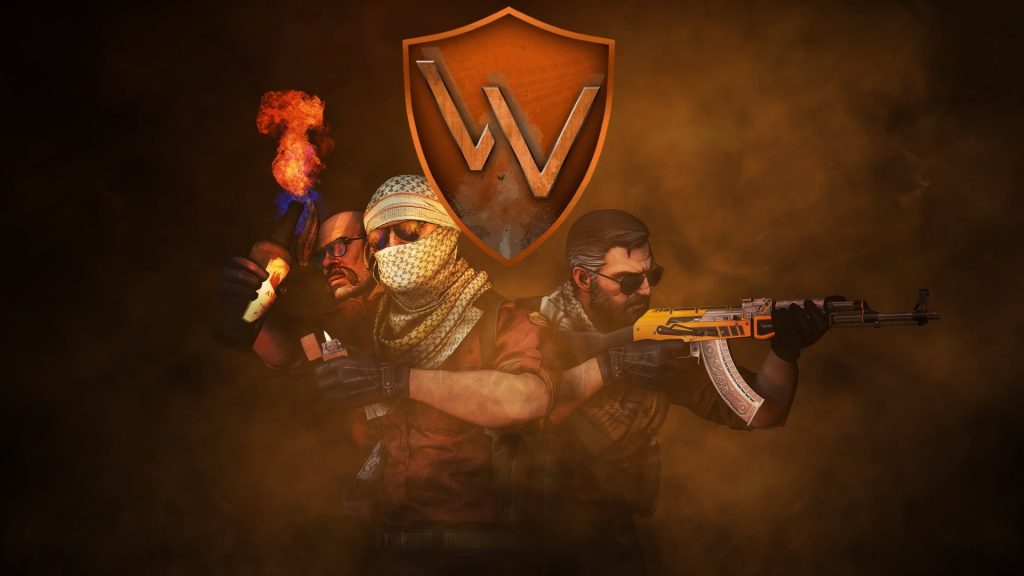The gaming world has been in a state of seismic change in recent times, and microtransactions are one of the dominant revenue channels for developers. Of those, survival game Rust is a popular game on Steam that is known for its deep game immersion and high player agency. All the way from its base price for the game, Rust has become reliant on microtransactions, which are the result of case-opening mechanics, as a way to make money. This change is a harbinger of the future, that in-game-buying may rise to the same level of revenue as from traditional game sales.
The Appeal of Microtransactions in Rust
In Rust players are provided with the opportunity to survive, to construct, and to earn an income in a hostile world. Although the base game provides an extremely positive experience, extends the base game experience by purchasing virtual items is feasible. From the cosmetics themselves, through to in game items, these are not vanity items but are also tangible to the real world monetary value (Certain Rust collectibles have sold for as much as $12,000 and thus are among one of the most sought after items in the community.
The microtransaction systems in Rust are mainly the case-opening systems which realize the chance system. Players purchase cases that, when opened, reveal random items. They may be anything, from a common gun skin, to something scarcely found, to a high-end, super expensive prize. This ambiguity is fed into the pleasure of gambling as the provision of a vicarious loop from which players continue to loop into and out of.
Profitability Beyond Game Sales
The starting price of Rust is just an entry point, but the real money is in its robust microtransaction economy. In game sale, a one-time profit is realized, and in microtransaction, a continuous profit is realized. With this model, the game developers are making such a good revenue that there’s no point holding back customers spending on virtual items.
At the price level, in Rust, price is driven by supply and shortage of goods. Skins, known to be very difficult to acquire, through Rust case opening sites or through special events, for example, develop as status symbols in the community. In view of this scarcity, there exists a shadow trading market in which people exchange goods and thus increase in price what they possess.
In addition, the case-opening system is a winner- bei who pushes the player (ladders) to bet over his/her capacity (money). The low initial cost of a case is offset by the frequent purchases needed to obtain desired items, leading to a snowball effect in spending. This means a steady, high stream of revenue, far greater than could be achieved for a single game or the sale of a game.
Why Microtransactions Are Here to Stay
The hit of Rust’s microtransaction model is an example of the current trend in games. There is a growing popularity among the developers to drop the traditional point-in-time sales model and embrace the continuous engagement model. What they are aiming for is systems which incentivize long term spending, such as case openings, which provide a scalable and continuous revenue proposition.
In this approach, not only it strengthens the trading community of the community but it also helps the community. Players having the opportunity to acquire an uncommon item have the possibility of selling or trading it with high frequency, which often means the second level of relationship with the game. This secondary market is in the interest of programmers as they are increasing the perceived value of the product, which, in turn, leads to more sales of the case.
Ethical Considerations
Although the profitability of microtransaction is undeniable, it raises ethical concerns. Critiques are based on the fact that case opening modalities are very similar to gambling modalities, so they might attract at risk victims. Transparency and, as a matter of course, regulation are the cornerstones of facilitating fairness in such systems and to prevent exploitation with a view to avoiding unethical behaviour.
Conclusion
Rust is an example of how microtransactions can change a games’ model. By offering players the chance to acquire rare and valuable items through case openings, the game has tapped into a lucrative revenue stream that far surpasses traditional sales. Although the model is controversial, there are many advantages that can be obtained from this model to explain the history of the game industry and its innovative monetization models.
For the players’ sake, the value of items in Rust comes from their limited ability to be made and to potentially afford a profit and it is that value that underpins the very appeal of Rust. To the developers, this system opens up a realistic route to monetize in a manner that will satisfy players. As virtual economies increasingly rule the game (through microtransactions), Rust is a good example of what virtual economies can do to alter the meaning of success in gaming.

